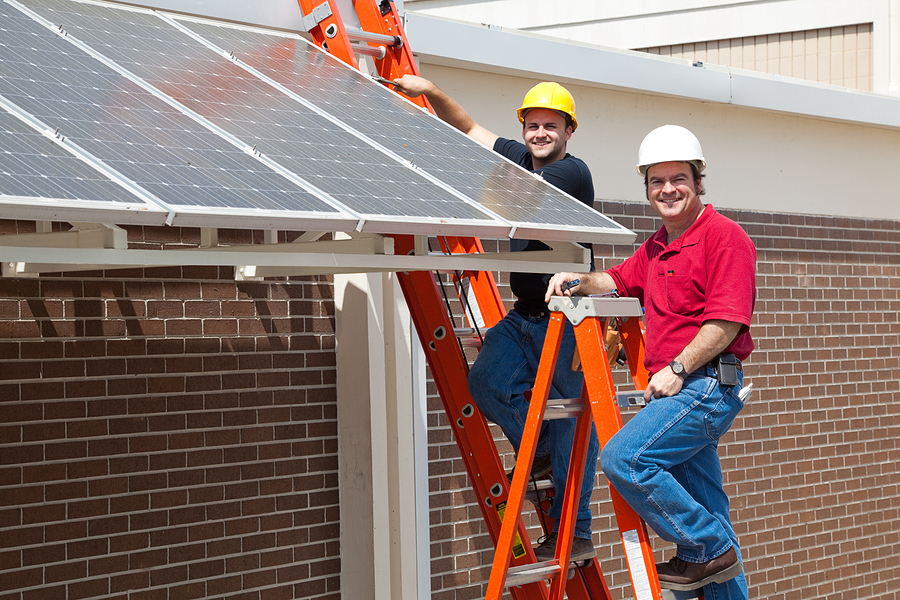LEED, which stands for Leadership in Energy and Environmental Design, is a U.S. Green Building Council initiative that certifies buildings and construction professionals. The organization seeks to promote sustainable building practices. If you’re a contractor, you might want to consider LEED certification.
What Does LEED Certification Mean for Buildings?

A LEED-certified building must meet certain benchmarks in sustainable design.
In terms of building standards, LEED is a step up from simple energy efficiency. A LEED-certified building meets a list of sustainability benchmarks set forth by the organization. Upon construction completion, the structure undergoes a stringent inspection to verify its design details.
LEED offers four levels of certification: Certified, Silver, Gold, and Platinum. Writing for About.com, construction expert Juan Rodriguez reports that, while the Certified level only requires the building to earn 40 to 49 points, Platinum certification requires 80 or more points. The building earns points by utilizing specific sustainable design materials and methods.
What Do LEED Credentials Mean for Contractors?
Construction professionals who want to use sustainable, green materials and practices in their work can gain traction in the industry with LEED credentials. There are two levels of credentials: LEED Green Associate and LEED Accredited Professional (AP).
A Green Associate can demonstrate on a written exam his or her vast knowledge of green building practices. LEED APs, on the other hand, can take exams to prove their command of a particular specialty, such as building design and construction (bd+c), neighborhood development (nd), and interior design and construction (id+c).
Benefits of LEED Credentials

Contractors with LEED credentials vastly improve their job prospects.
Obtaining your LEED credentials can provide you with access to vastly superior job opportunities. When potential clients know about your expertise and your commitment to sustainable design, they’ll be more likely to want to work with you.
Additionally, if you earn credentials in more than one specialty, you can exponentially increase your appeal to potential clients. Environmental awareness and sustainability have become extremely important to clients and industry professionals in both residential and commercial construction.
Benefits of LEED Certification
When you build a structure that earns LEED certification, the building itself becomes more valuable. Not only does its initial valuation increase, but it also gets a boost in resale value. This is because of the potential savings in electricity, natural gas, water, and other finite resources.
Additionally, LEED-certified buildings enjoy a built-in customer base. Consumers and business owners who care about the environment and who want to live or work in a sustainable structure will be attracted to the building.
The primary benefit of LEED certification, however, is the end result for the environment. These buildings produce less waste, incorporate recycled materials, and impose a small carbon footprint. As more and more industries move toward sustainable practices, creating LEED-certified buildings puts a contractor on the cutting edge of his or her industry.
Contractors can gain significant competitive advantages through expanding their knowledge base. Taking the LEED exam is an excellent way to refine your career path. Of course, it’s also essential to keep on top of your state-required continuing education. If you need to take your CE classes, browse our courses by state.
